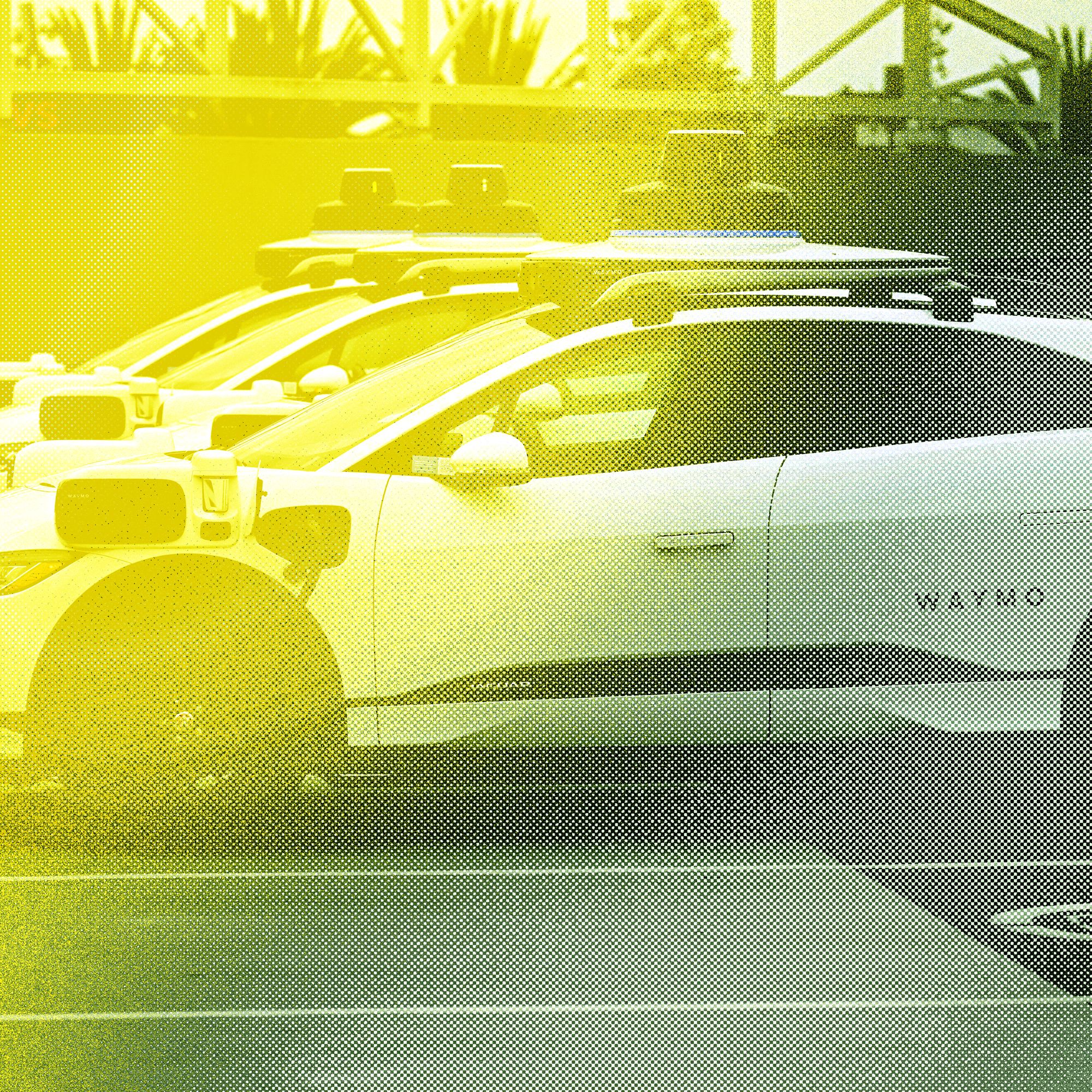What’s Lost When the Human Drivers Are Gone?
As technology continues to advance, the possibility of autonomous vehicles becoming the norm is becoming increasingly likely. While this may lead to increased safety on the roads and more efficient transportation systems, there are also potential downsides to consider.
One of the main things that could be lost when human drivers are replaced by machines is the human element of driving. Driving is more than just a means to get from point A to point B – it can be a source of enjoyment, relaxation, and even a form of self-expression.
Additionally, the loss of human drivers could have economic implications. The transportation industry employs millions of people around the world, and the widespread adoption of autonomous vehicles could lead to job losses in this sector.
Furthermore, there are ethical considerations to take into account. How will autonomous vehicles make split-second decisions in difficult situations? Will they prioritize the safety of the occupants, or will they consider the well-being of other road users?
Another potential loss could be the feeling of control that comes with driving. While autonomous vehicles may be safer in many respects, some people may feel uncomfortable relinquishing control of their vehicle to a machine.
There is also the issue of privacy. Autonomous vehicles will likely collect and store a vast amount of data about their occupants, raising concerns about how this information will be used and protected.
Ultimately, while the advent of autonomous vehicles may bring about many benefits, it is important to consider what may be lost in the process. The human experience of driving is a complex and nuanced one, and it is worth thinking about how we can preserve some of these aspects as technology continues to evolve.
